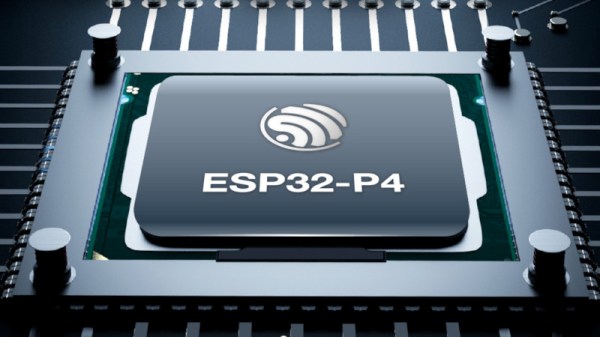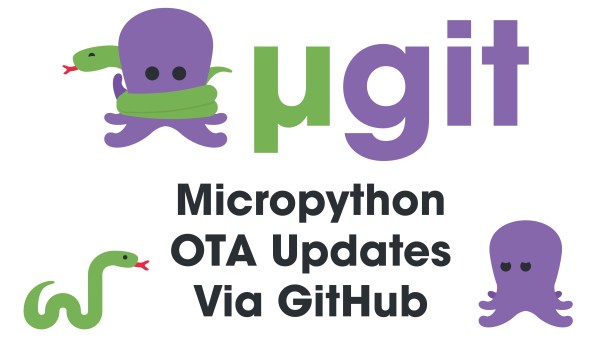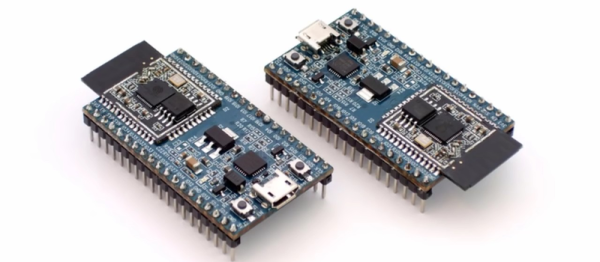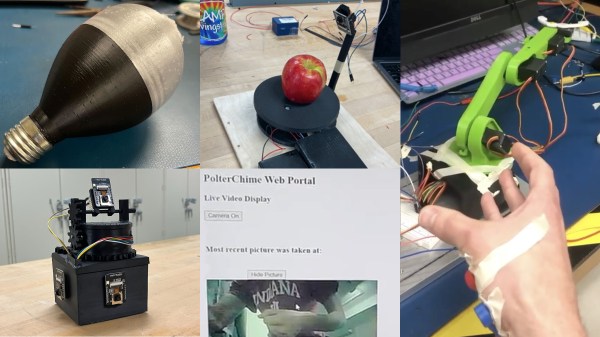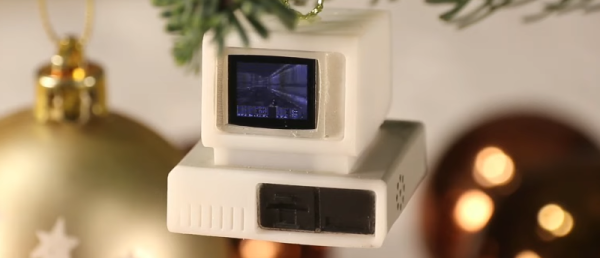It seems every day there’s a new microcontroller announcement for which the manufacturer is keen to secure your eyeballs. Today it’s the turn of Espressif, whose new part is the ESP32-P4, which despite being another confusingly named ESP32, is a high-performance addition to their RISC-V line-up.
On board are dual-core 400 MHz and a single-core low power 40 MHz RISC-V processors, and an impressive array of hardware peripherals including display and camera interfaces and a hardware JPEG codec alongside the ones you’d expect from an ESP32 part. It’s got a whopping 768 KB of on-chip SRAM as well as 8 K of very fast cache RAM for intensive operations.
So after the blurb, what’s in it for us? It’s inevitable that the RISC-V parts will over time displace the Tensilica parts over time, so we’ll be seeing more on this processor in upcoming Hackaday projects. We expect in particular for this one to be seized upon by badge developers, who are intent on pushing extra functionality out of their parts.So we look forward to seeing the inevitable modules with this chip on board, and putting them through their paces.
Thanks [Renze] for the tip.

